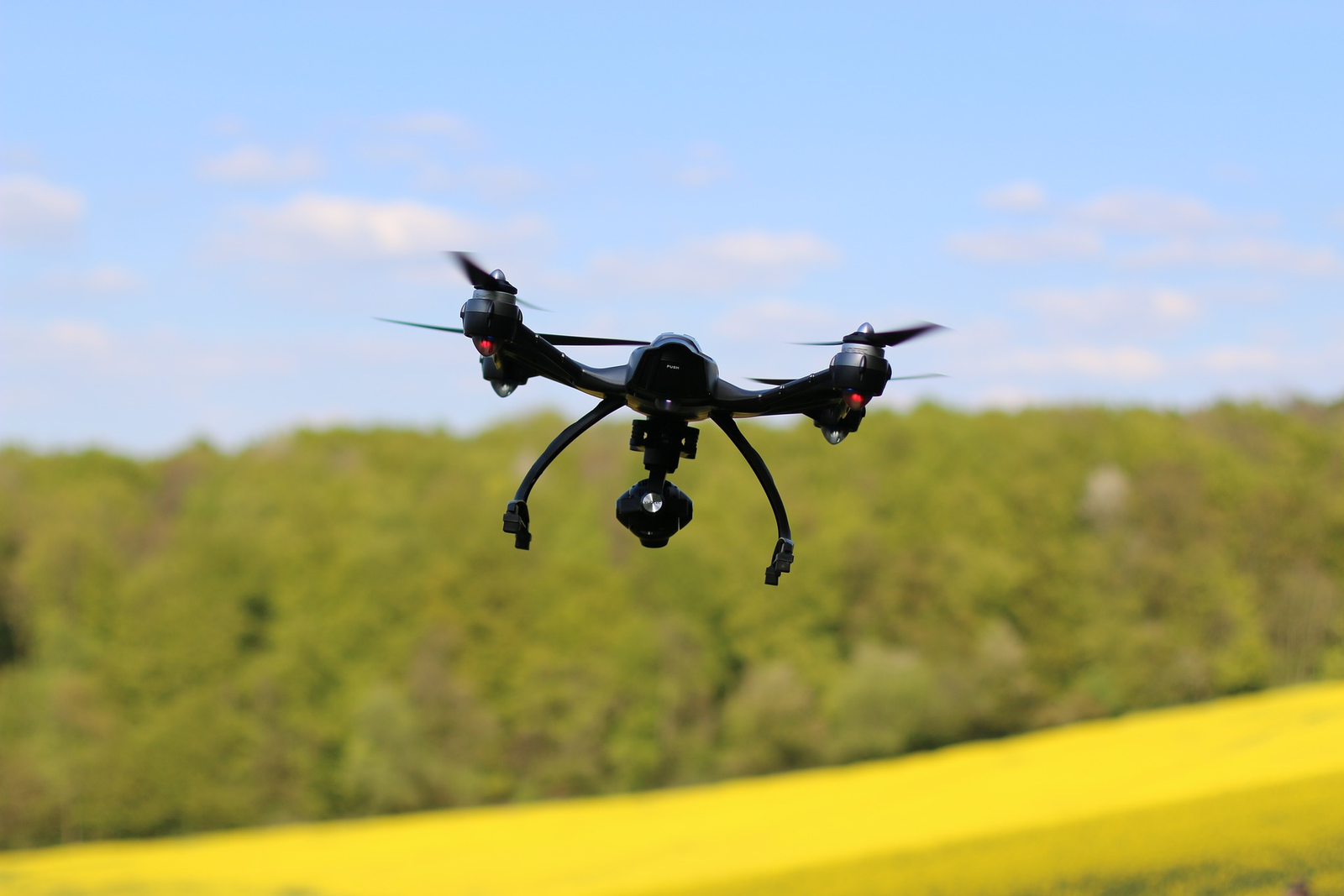The character of today’s conflict has altered dramatically, and much of that transformation can be attributed to drones. Until recently, the realm of science fiction, unmanned aerial systems today patrol the skies above battlefields from Ukraine to Iran, reshaping not only the conduct of warfare but also the distribution of power between states. The era when air dominance was defined by a fleet of fighter aircraft is coming to an end. Today, a small, agile drone—one that fits in the palm of your hand and is barely larger than a shoebox—can determine the outcome of combat in ways we could hardly have dreamed of a decade ago.

In Ukraine, its conflict with Russia has turned into a testing ground for the next generation of warfare. With neither side capable of controlling the skies, drones have become the focus of a high-wire act of surveillance and precision attacks. Each nation has relied heavily on unmanned systems, but Ukraine has been notable for its creativity, combining military-grade drones with off-the-shelf commercial ones that anyone can purchase online.
These small, low-cost drones, consisting of dozens of parts—often funded by grassroots donations and volunteer effort—are now integral tools on the battlefield. The Council on Foreign Relations cites how numerous drone makers in Ukraine have emerged rapidly, with the number increasing from a mere seven domestic makers to more than eighty. It’s a remarkable example of the ability of innovation to thrive under duress.
Russia has had more problems, however. Disruptions in the supply chain and sanctions have made it difficult for it to produce drones on a mass scale, and it had to resort to importing Iranian, most recently the Shahed-136, a long-range, explosive-equipped drone. The skies above Ukraine are now filled with these systems, some constructed piece by piece in ramshackle workshops and others imported from abroad. They reconnoiter, strike, and occasionally overwhelm air defenses en masse.
The pace of engagement has also changed. What once would take minutes or hours—target detection to attack time—can now happen within seconds. Such a streamlined “kill chain” is typical of the high-tech, high-pressure nature of drone warfare, where the difference between a split second and success or failure in an engagement can spell victory or defeat.
What is playing out in Ukraine is not just a local conflict—it’s an advanced look at the future of war, where innovation, adaptability, and technology are as crucial as guns.
But it’s only half of it. Drones are changing the very attitude of war. In recent battles between Iran and Israel, drones were on center stage. Israel used them to destroy Iran’s aging F-14 Tomcat fighter aircraft before they were even airborne. As recounted by the National Security Journal, it wasn’t a battlefield triumph—it was symbolic. These aircraft, once powerful symbols, were brought down by unmanned vehicles. The message was clear: in the drone era, even archaic weapons can no longer be trusted to provide protection.
The technology used in all of this is amazingly diverse. At one end, there are off-the-shelf drones that have been weaponized and flown using first-person view systems. At the other end, you have sophisticated war machines powered by artificial intelligence that are capable of detecting targets and making instant decisions. Kristian Humble, a fellow at the Melbourne Law School and Associate Professor of International Law, has noted that international legislators are playing catch-up. The pace of innovation has been ahead of regulation, and new challenging questions about ethics, accountability, and the dangers of machines deciding to kill without a human touch are being asked.
At the same time, drone defense has spurred its kind of arms race. Old-fashioned air defenses can destroy larger drones, but typically at an absurdly high cost, like using million-dollar missiles to destroy equipment that will cost only a few thousand dollars. Smaller drones, especially when deployed in swarms, are even more difficult to stop. Electronic warfare—jamming and signal spoofing—is now a primary tactic. But Russia and Ukraine have both proved that they can change tactics on the fly. The U.S. Department of Defense has accepted how severe the threat is and is developing techniques and programs to remain ahead of the curve.
The symbolic nature of drone warfare cannot be ignored. Israel’s destruction of Iran’s F-14s was not so much about taking out a threat—it was a message. As Brent M. Eastwood, PhD, has written, it showed that even the most valued military equipment is no longer sacrosanct. Traditional air forces can no longer gamble everything on yesterday’s machines. The real power now is being adaptable and innovative.
As drone technology becomes more advanced, we’re approaching a critical turning point. The integration of artificial intelligence into these systems promises greater autonomy, but it also raises complex ethical and legal questions. So far, the international community hasn’t agreed on clear standards for the use of autonomous weapons, leaving a risky gap as innovation continues to accelerate. One thing is certain, though: the nature of war has been altered. The party that can stay agile, respond quickly, and maximize unmanned systems will possess a clear advantage, not just in war, but in the international race for influence and security in an increasingly dynamic planet.
